Earth Day is celebrated on April 22 each year.
The day aims to diversify, educate and activate the environmental movement worldwide.
This year, Earth Day Network is asking you to take individual actions
that play a part in conserving and using our natural resources sustainably.
Read on to learn why your actions matter.
Humanity's challenge
Environmental changes affect us all
The way we meet our needs today is compromising the ability of future generations to meet theirs – the very opposite of sustainable development.
Humanity’s well-being and prosperity – indeed, our very existence – depends on healthy ecosystems and the services they supply: clean water, a liveable climate, food, fuel and fertile soils. The challenge of providing everyone with the food, water and energy they need is already a daunting prospect, and the human population is projected to swell to over 9 billion by 2050.
Protecting nature and using its resources responsibly are prerequisites for human development and well-being, and for building resilient, healthy communities.
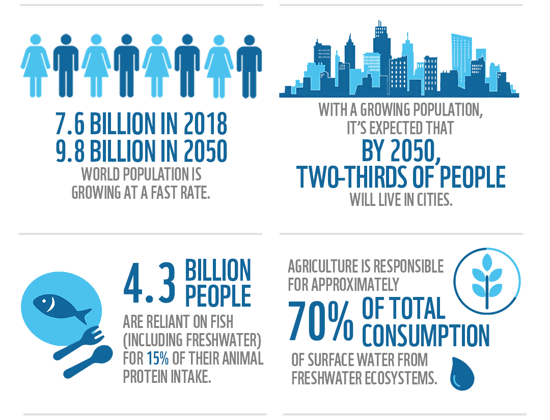
Food, water and energy demands
Our demands on nature are unsustainable and increasing
We cut trees faster than they mature, harvest more fish than the ocean can replenish, and emit more carbon into the atmosphere than forests and the ocean can absorb.
In 2018, we used more natural resources in seven months than the planet can produce in 12 months. For the remainder of the year, we borrowed resources from future generations.
When we overburden one resource, the effects are felt elsewhere. Consider the links between food, water and energy security. Their interdependence means that efforts to secure one aspect can destabilize others – attempts to boost agricultural productivity, for example, may lead to increased demands for water and energy inputs, and impact biodiversity and ecosystem services.
It’s a cycle: The way we meet our needs affects the health of ecosystems, and the health of ecosystems affects our ability to meet these needs. This is equally relevant for the poorest rural communities – who often rely directly on nature for their livelihoods – as well as for the world’s great cities, which are increasingly vulnerable to threats such as flooding and pollution as a result of environmental degradation.
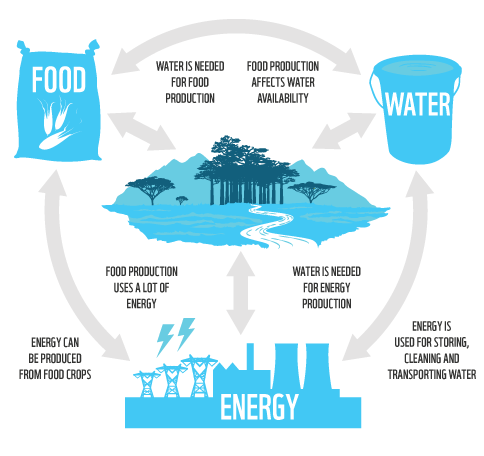
How we produce food, use water or generate energy
impacts the biosphere that supports these needs.
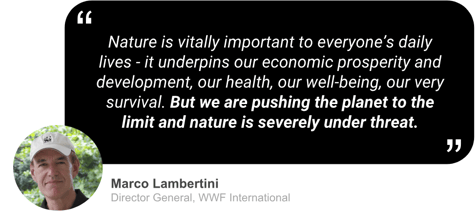
How can you help?
Better choices can be made and practical solutions do exist
In a world where so many people live in poverty, it may appear as though protecting nature is a luxury. But it is quite the opposite. For many of the world’s poorest people, nature is a lifeline. Importantly though, we are all in this together. We all need nutritious food, fresh water and clean air – wherever in the world we live.
By keeping in mind three key principles, we can make a conscious choice to #Connect2Earth - managing, using, and sharing natural resources within the planet’s limits:

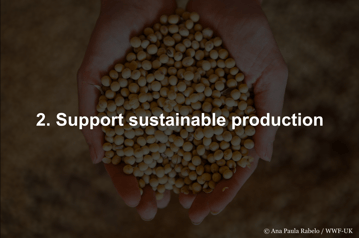
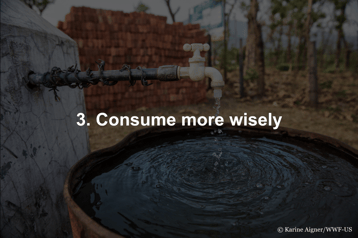
To show you how easily you can #Connect2Earth and apply these principles to your everyday life, we've put together a
30-day calendar with a list of simple yet impactful things you can do to ease the burden on our planet.
Are you up for the challenge?



